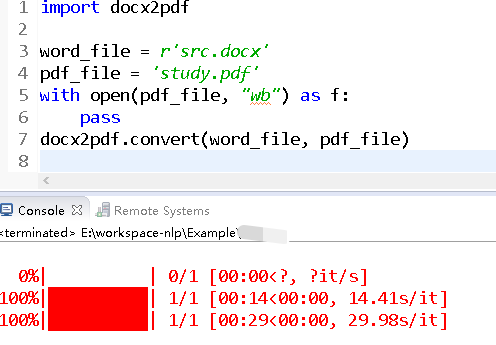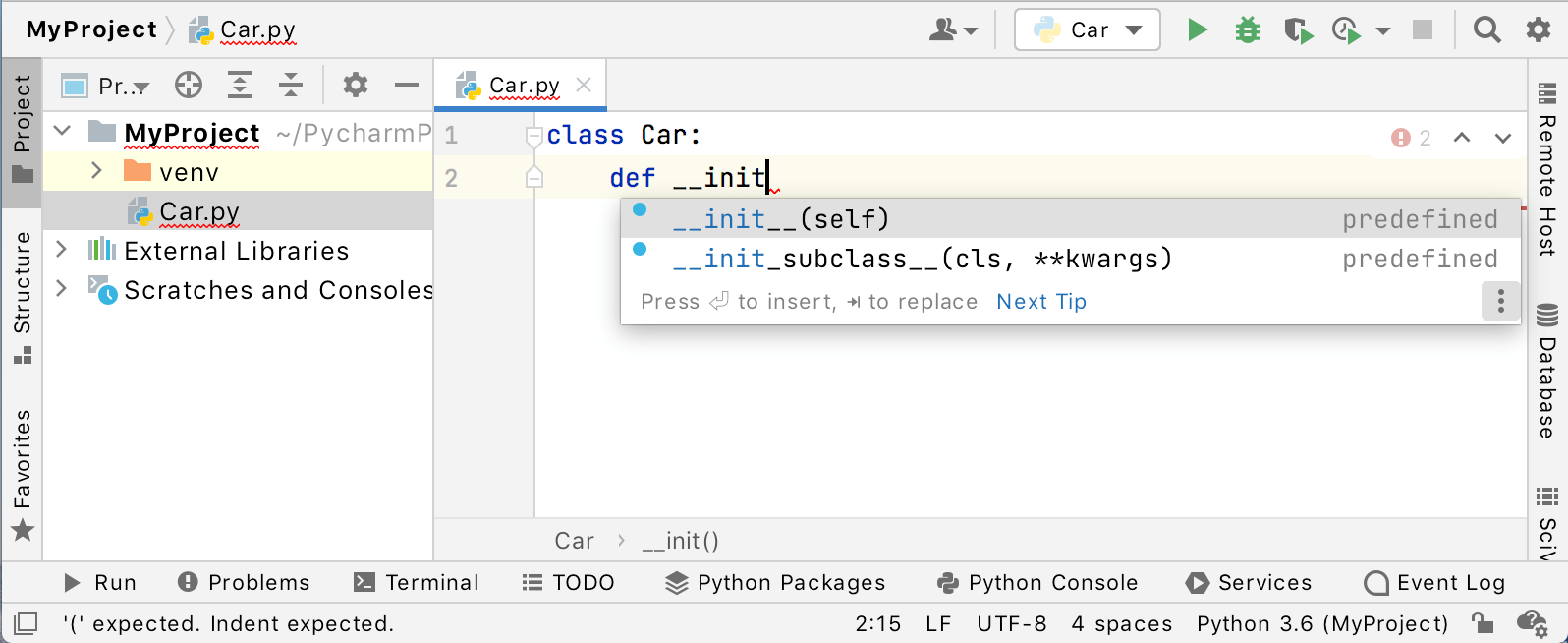

- #DEVELOP A PYTHON APP TO OPEN FILES HOW TO#
- #DEVELOP A PYTHON APP TO OPEN FILES INSTALL#
- #DEVELOP A PYTHON APP TO OPEN FILES ANDROID#
- #DEVELOP A PYTHON APP TO OPEN FILES CODE#
It works, but let's confirm that it does: Now open your terminal, cd into myapp, and run the server to see the magic happen: Here, we wrote a loop using the templates tag and fetched all the data content. Then let's write a little styling in it: body In the todo directory, create a file and name it main.css. So it should be like this: /static/todo/. Inside that folder, create a folder and name it todo. Now to set up the static files, create a new folder in your todo directory and name it static. We should have thisĪs you can see it works well - on to the next step. Now instead of returning response we returned a render view that allows us to render our HTML template now, save this open up your terminal cd into myapp and run it.

Return render(request, 'todo/index.html')
#DEVELOP A PYTHON APP TO OPEN FILES CODE#
To load it, make your views.py code look like this: def index(request): Then go ahead and create a simple HTML file called index.html and write this in it: Inside that folder, create a folder called todo, as simple as that. In the todo directory, create a folder called templates. To load our HTML files we need to create a folder like this in the todo directory in this order: So next we will load our template HTML files.

Let's try this: open up your terminal and cd into myapp and type python manage.py runserver to test it.Īs you can see, it returned the response. Then we returned an HttpResponse.īut before the HttpResponse can work, we have to import it from django.http import HttpResponse – as simple as ABC. Let's go ahead to our views.py file and add some code.Īt the top, import HttpResponse like this:Īnd add this below it: def index(request):Īs you can see, we created the index function we called in our urls.py and we passed in a request parameter into it. As you can see, the views.index just means that we're pointing this views to the index function in on views.py file. Then we created our urlpatterns with the first part as the root link. We imported path from Django.urls and also imported views from the root directory. Next we need to create a new file in the todo file directory named urls.py and add the following code in it: from django.urls import path And below the path ( admin), we created an empty path that points to or includes the urls.py file in the todo app directory. What actually happened was that I added include to the from the django.urls import path. Next we need to open up our urls.py and add the following to your code: from django.urls import path, include First of all, open up your settings.py file in the myapp folder and add 'todo' to the installed apps like this: Now let's make it possible for the app to be served by the Django project. We will take a further look at the files when we begin working with them. Then inside the todo folder we should see something like this: This creates a To-do app in our myapp project like this: To create a Django app, make sure you are still in the directory, then type python manage.py startapp todo. In Django, the project folder serves as the root while the app serves as the application itself. The next thing we need to do is create our Django app. Next, to test it in the browser visit 127.0.0.1:8000.Īnd boom! You should see that Django has been setup successfully. This creates a Django application called myapp in your root folder.Ĭhange directory to it by typing cd myapp and type in python manage.py runserver. Open up your terminal and type in the following command: So let's get started with building our project. This means that it's actually installed already. In the terminal type django-admin and hit enter. It has installed successfully, but let's confirm that. I am getting a "requirements satisfied" message because I already have it installed.
#DEVELOP A PYTHON APP TO OPEN FILES INSTALL#
Once that is done all you need to do is type the following command: pip install djangoĪnd you should get the below. To install Django we need to open up the side navigation in our pydroid3 and select Terminal: If you're not familiar with Django, please check out the Django docs here. The next thing we need to do is install Django. Now the next thing we need to do is install a mobile application on our phone called pydroid3.Īs you can see, pydroid3 is a mobile application that lets you write Python on your mobile phone, so go ahead and install it. But what if I told you that's all we need? Seems too good to be true.
#DEVELOP A PYTHON APP TO OPEN FILES ANDROID#
The first thing we need here is an Android phone, at least version 6.0 and upward.
#DEVELOP A PYTHON APP TO OPEN FILES HOW TO#
And in this article, I'm going to be writing about how to build a web app on your phone using Python 😁. Hey there, how are you? I'm an 18 year old a backend developer and an aspiring Machine Learning Engineer.


 0 kommentar(er)
0 kommentar(er)
